|
|
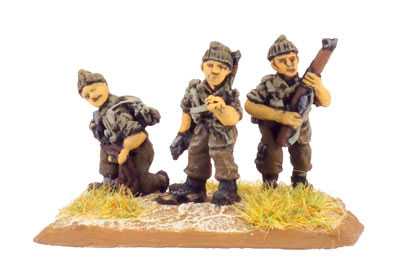 |
Brigadier Young & Commando Platoon (BR882)
After the withdrawal of all British units from mainland Europe after Dunkirk, Prime Minister Winston Churchill ordered the formation of irregular raiding units or Commandos to take the fight back to the German enemy in occupied Europe with ‘butcher and bolt’ raids.
The Commandos conducted many small raids against the French and Norwegian coasts, but their most successful action was Operation Chariot by No.2 Commando, which wrecked the dry dock at St Nazaire, forcing the giant battleship Tirpitz to return to Germany for repairs.
|
 |
The Commandos further distinguished themselves at Dieppe in August 1942, where No. 3 and No. 4 Commandos were the only units to successfully complete their assignments, despite initial setbacks.
Later that year, No. 1 and No. 6 Commandos were in the vanguard of the Operation Torch landings in French North Africa on November 8, 1942. The Commandos fought their way to within miles of Tunis before being turned back by the newly arrived 10th Panzer Division.
|
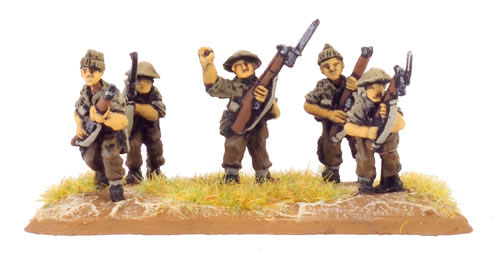 |
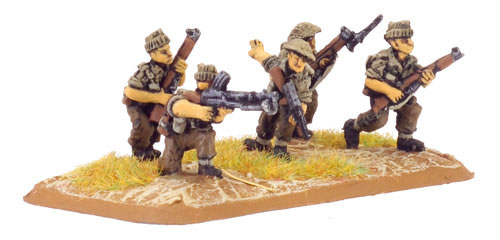 |
The next big action by the Commandos in the Mediterranean was Operation Husky, the liberation of Sicily on July 10, 1943. There, No. 3 Commando, and No. 40 (‘forty’) and No. 41 (’four-one’ not ‘forty one’!) Royal Marine Commandos led the Canadian and British invasion force ashore.
No. 3 Commando was then assigned to take the Ponte dei Malati bridge ahead of 50th
|
|
(Northumbrian) Division who would then go on to relieve the 1st Parachute Brigade dropping on Primasole bridge, key to the advance to Catania. The Commandos succeeded, but German counterattacks forced them off the bridge before the delayed 50th Division arrived.
No. 3 and No. 40 (RM) Commandos then took part in Operation Baytown,
the Eighth Army’s landings on the toe of Italy early in September, 1943.
|
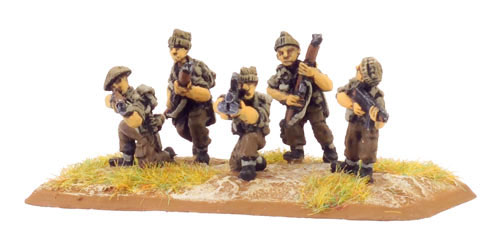 |
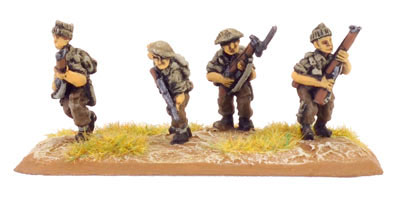 |
Later, on September 9, No. 2 and No. 41 (RM) Commandos covered the left flank of the Salerno landings near Naples in Italy. At the start of October No. 3 Commando was into action again, landing to seize the town of Termoli on the Adriatic coast ahead of 78th Infantry Division.
The Commandos continued raiding and made numerous landings in the Mediterranean throughout 1944 and 1945, contributing greatly to the Allied victory.
|
|
Brigadier Peter Young
In 1939 Peter Young was commissioned into the Bedfordshire and Hertfordshire Regiment, with which he went to France in 1940. He joined No. 3 Commando when it was founded and soon became a Captain. His troops took part in raids on the Channel Island of Guernsey, and Lofoten and Vaagso in Norway during 1941. It was during the later raid that he won his first Military Cross (MC).
After a period on the staff at Combined Operations HQ, he became second-in-command of No. 3 Commando under Colonel John Dunford-Slater.
|
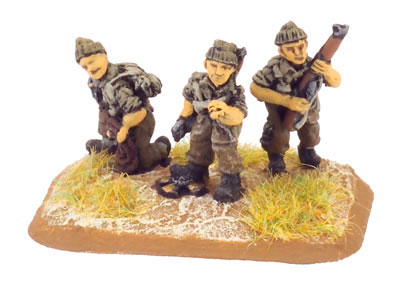 |
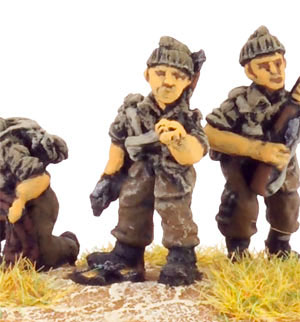 |
In the Dieppe raid of August 19, 1942, Major Young now carrying a US Garand rifle, found himself ashore with only 18 commandos. Despite this, he managed to take his force up the cliffs on a network of barbed wire which, as he put it, ‘an over-conscientious German officer had inadvertently provided for them to walk on’. Young was the only Commando officer to reach his objective and bring back all his men. At one point, when they were approaching enemy machine-guns through a cornfield, he encouraged his soldiers by telling them not to worry about bullets as standing corn made effective protection! He was awarded a Distinguished Service Order (DSO) for his part in this raid.
No. 3 Commando’s next major battle was Operation Husky, the assault on Sicily. There, due to an inexperienced flotilla commander, his force was landed on the wrong beach behind the infantry it was supposed to lead ashore! Dunford-Slater offered the frustrated Major Young a new challenge to get his teeth into, a fierce action against a fortified farm near Cassibile, taken at the cost of one casualty.
|
Young’s next battle was a raid to secure the Ponte dei Malati bridge ahead of 50th (Northumbrian) Division’s advance.
This time the landing went according to plan, and the commandos seized the bridge. However, when dawn arrived without any sign of the infantry and increasing pressure from German mobile reserves, the lightly-equipped commandos removed the bridge demolitions and withdrew. Major Young went back to rescue a number of wounded commandos for which he received a Bar to his MC.
|
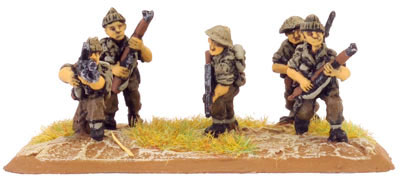 |
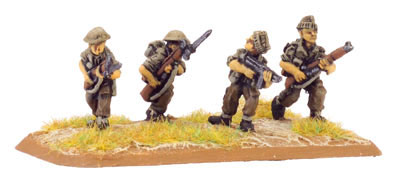 |
On August 1, 1943, Young was promoted to Lieutenant Colonel and given command of No. 3 Commando. He led it through raids in Italy, receiving a second Bar to his MC in the process. He missed the opening of the battle of Termoli (No. 3 Commandos biggest battle to date) being sick at the time, but arrived before the end of the battle.
He led No. 3 Commando in the D-Day landings in Normandy, before taking over a brigade in Burma for the rest of the war.
|
After the war Brigadier Young was a leading figure in British wargaming, writing Charge! Or How To Play Wargames, one of the first books on wargaming, and founding The Sealed Knot Society.
Rules for Commandos and Peter Young can be found on page 104 and pages 122-124 of Afrika.
Designed by Evan
Painted by Jeremy
|
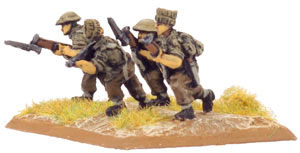 |
Last Updated On Thursday, January 17, 2008 by Wayne at Battlefront
|
|